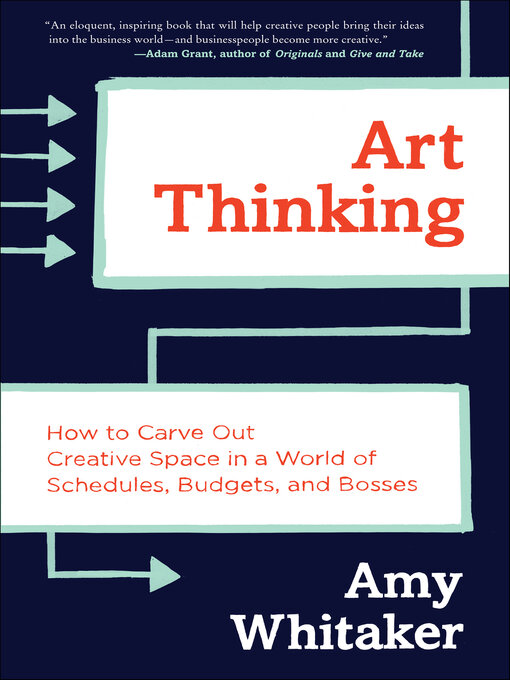An indispensable and inspiring guide to creativity in the workplace and beyond, drawing on art, psychology, science, sports, law, business, and technology to help you land big ideas in the practical world.
Anyone from CEO to freelancer knows how hard it is to think big, let alone follow up, while under pressure to get things done. Art Thinking offers practical principles, inspiration, and a healthy dose of pragmatism to help you navigate the difficulties of balancing creative thinking with driving toward results.
With an MBA and an MFA, Amy Whitaker, an entrepreneur-in-residence at the New Museum Incubator, draws on stories of athletes, managers, writers, scientists, entrepreneurs, and even artists to engage you in the process of “art thinking.” If you are making a work of art in any field, you aren’t going from point A to point B. You are inventing point B.
Art Thinking combines the mind-sets of art and the tools of business to protect space for open-ended exploration and manage risks on your way to success. Art Thinking takes you from “Wouldn’t it be cool if . . . ?” to realizing your highest aims, helping you build creative skills you can apply across all facets of business and life. Warm, honest, and unexpected, Art Thinking will help you reimagine your work and life—and even change the world—while enjoying the journey from point A.
Art Thinking features 60 line drawings throughout.



